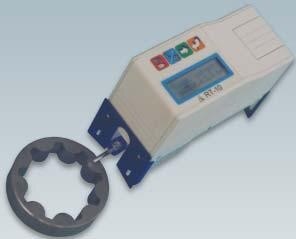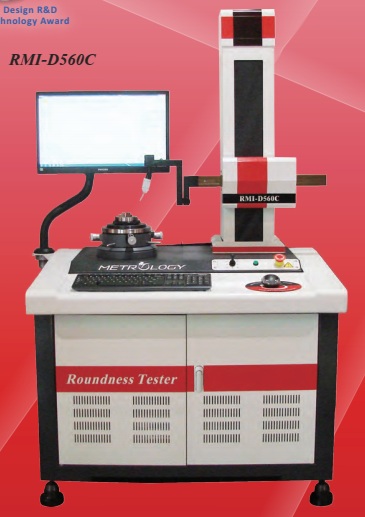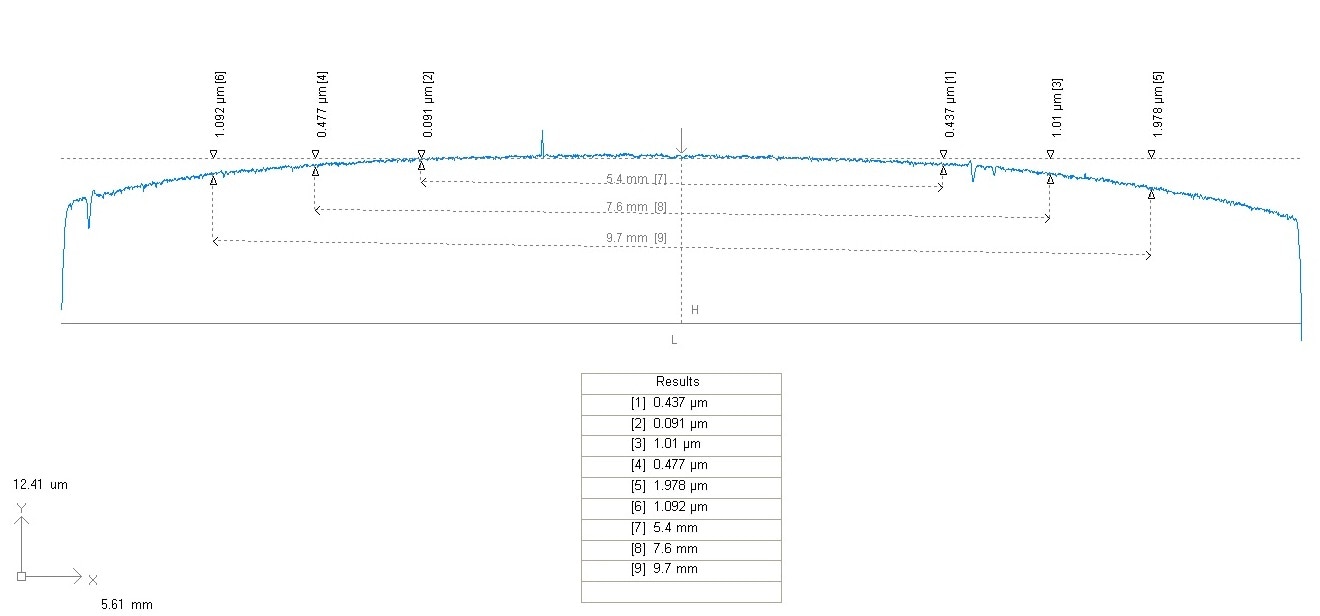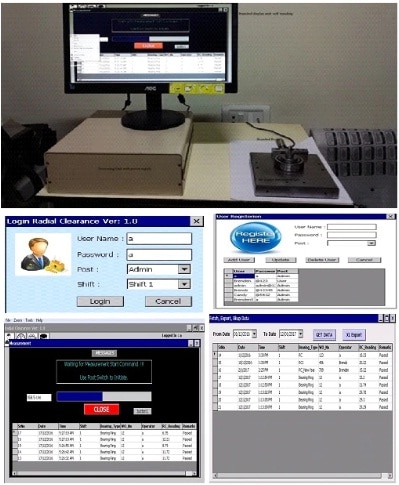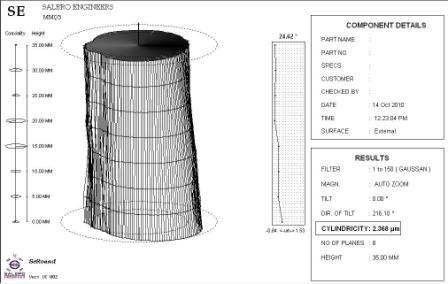Description
Product details
Palmtop Roughness Tester RT-10 Plus • Technical specification • Roughness parameters according to ISO 4287: Ra, Rq, Rt, Rz, Rc, RSm, Rmr & Rmax Special. • 4 roughness parameters according to ISO 12085: Pt, R, AR, Rx. Measuring length: up to 16 mm. • Measurement range: ±20 µm and ±80 µm. • Cut-off lengths: 0.25 – 0.8 – 2.5 mm. • Gaussian filter according to ISO 11562. • Display: 16-character, 2-line LCD. • Touch keyboard of 4 keys. • Rechargeable battery incorporated. • Multi language: Italian, French, English, German and Spanish. • Buffer of 30 measurements. • Serial data output. • Gauge rotable through 90° for lateral measurements. • Resolution 0.01 µm and 0.04 µm. The portable, palmtop roughness tester RT-10 permits evaluation of the most varied roughness parameters directly on the site of production offering, in a compact package, the advantages of being easy to carry, simple to use and reliability of measurement. Designed for use on the shop floor, it is shielded against external agents by a special protective membrane. It can measure in difficult positions, including when held in the hand, in the vertical traverse position. The gauge may be turned by 90° to permit measurements in grooves or between shoulders. The 400x250 mm measurement support in black granite with adjustable steel column can be used with RT-10 to measure pieces that are bulky or difficult to position. Complete Presentation of Results This instrument can be connected to the PR-10, a 24-column printer providing certification both of the parameters measured, together with indication of the tolerances, and of the profile drawing. Using the serial output line, data can be downloaded to a Personal Computer running the Remote-10 program under Windows 98/ME/NT4/2K, XP with which measurements can be made, data processed, parameters displayed and drawings of the profile presented using various options. It has a buffer of 30 measurements which can be displayed and printed at any time. The most common functions, such as recalling results, or cut-offs and starting measurements, can be accessed directly using the keyboard, while others are available by activating suitable, easy to comprehend menus. Among other things, these menus permit the presetting of tolerance thresholds which, when linked to one of the measurable parameters, facilitate series checks.


